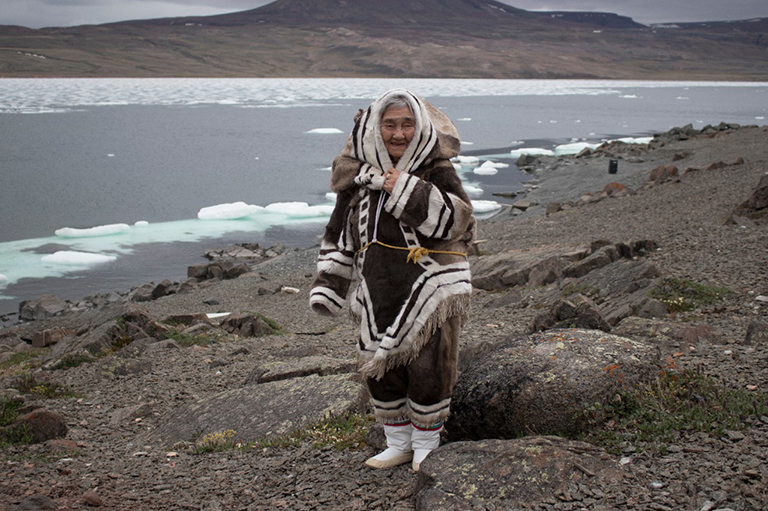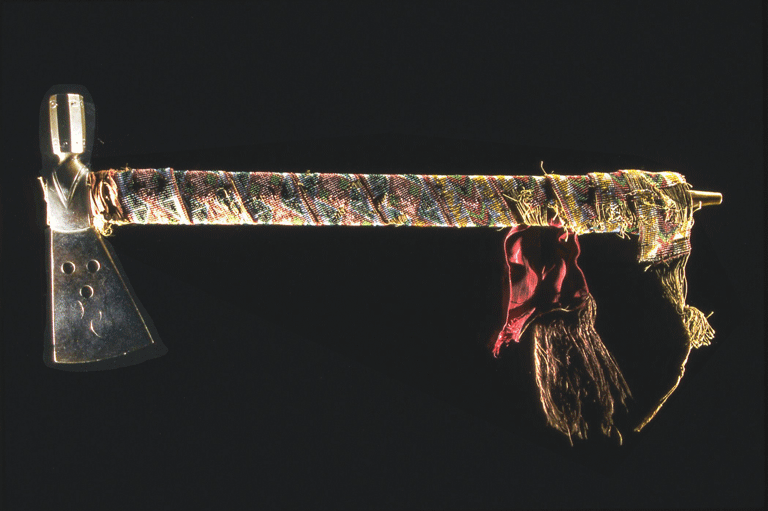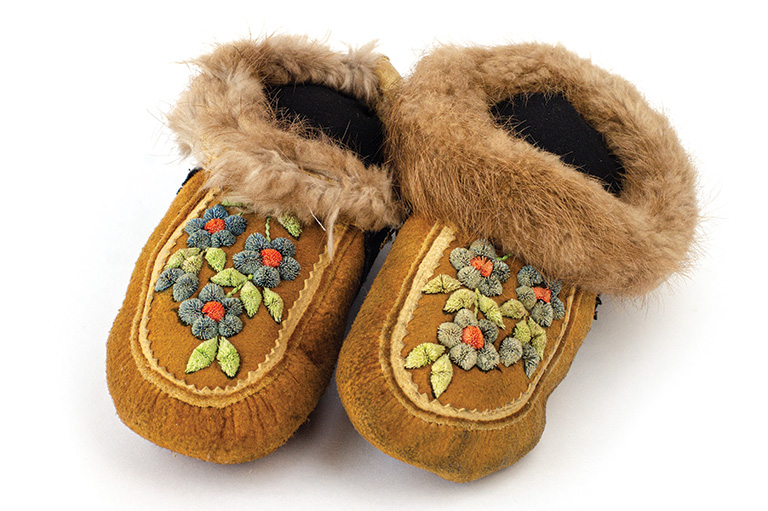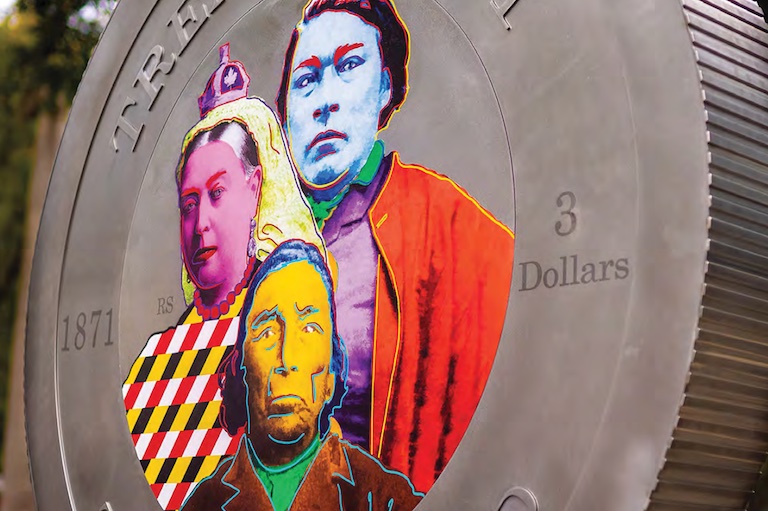The Mi’kmaw Hockey Stick
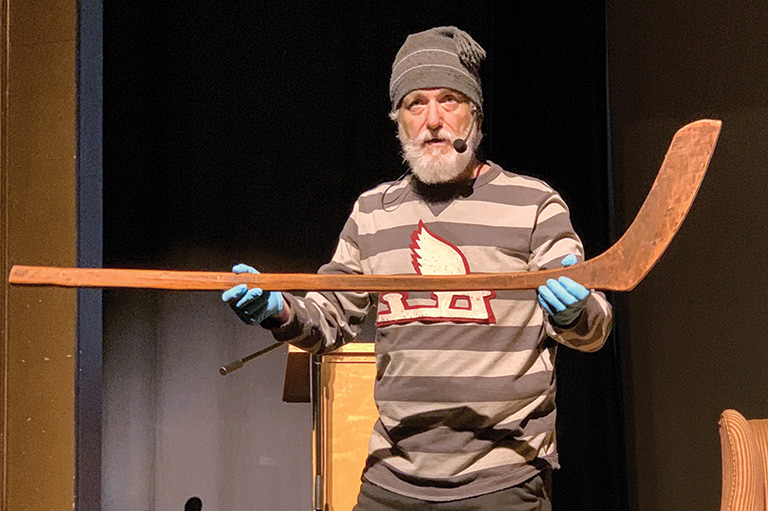
In the early days of hockey, the Mi’kmaq-made stick reigned supreme. Indigenous craftspeople on reserves in Nova Scotia made them out of single pieces of wood and sold them internationally, until the making of hockey sticks became industrialized in the 1930s.
The sticks are now collector’s items. Two years ago, Nova Scotia historian David Foster Carter, a self-styled heritage hockey sleuth, was asked to examine one. Carter dated the stick — named the Caruk for its owner, Wayne Caruk of Hastings, Ontario — to 1896. Carter believes it was crafted using a saw. He was able to pinpoint its age through its dimensions, which aligned with the regulations of Ontario hockey during the 1890s, as well as by its distinctive round handle.
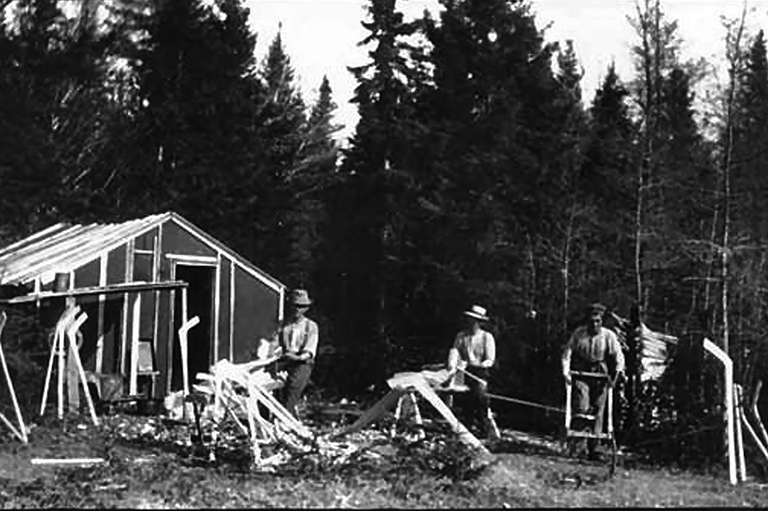
The Caruk stick, pronounced “Care-ick,” was on temporary display last fall in its home province at the Birthplace of Hockey Museum in Windsor, Nova Scotia. Dan Boyd, the president of Windsor Hockey Heritage, emphasized the significance of the artifact in Indigenous history and its role in the broader historical evolution of the hockey stick.
Museum interpreter Lucy Burgess said Mi’kmaw sticks were initially crafted from ironwood, but as such trees became scarce artisans transitioned to yellow birch or ash. The original sticks were exceptionally robust, as they came from a tree’s roots and trunk.
Written records of Mi’kmaq playing a game similar to modern hockey date back to the eighteenth century.
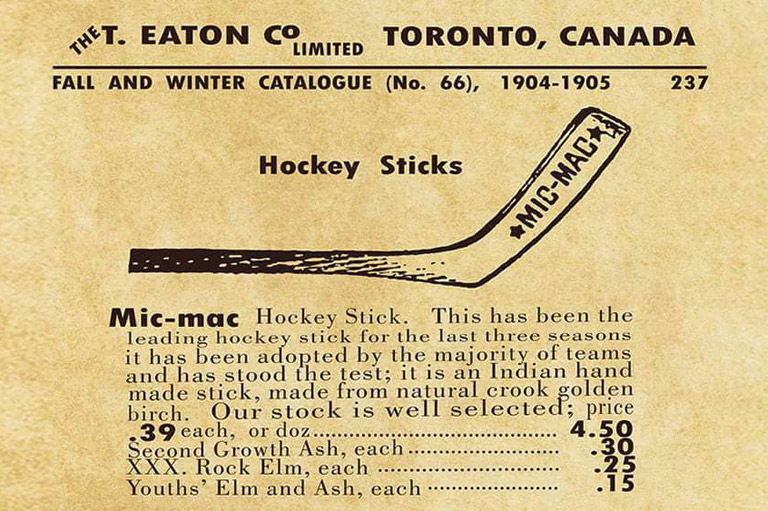
We hope you’ll help us continue to share fascinating stories about Canada’s past by making a donation to Canada’s History Society today.
We highlight our nation’s diverse past by telling stories that illuminate the people, places, and events that unite us as Canadians, and by making those stories accessible to everyone through our free online content.
We are a registered charity that depends on contributions from readers like you to share inspiring and informative stories with students and citizens of all ages — award-winning stories written by Canada’s top historians, authors, journalists, and history enthusiasts.
Any amount helps, or better yet, start a monthly donation today. Your support makes all the difference. Thank you!
Themes associated with this article
Advertisement
With 7 uniquely curated newsletters to choose from, we have something for everyone.

